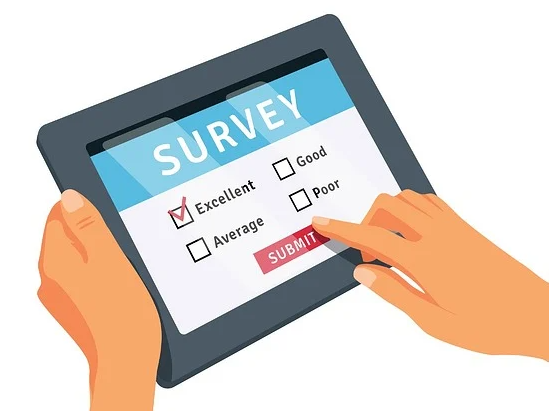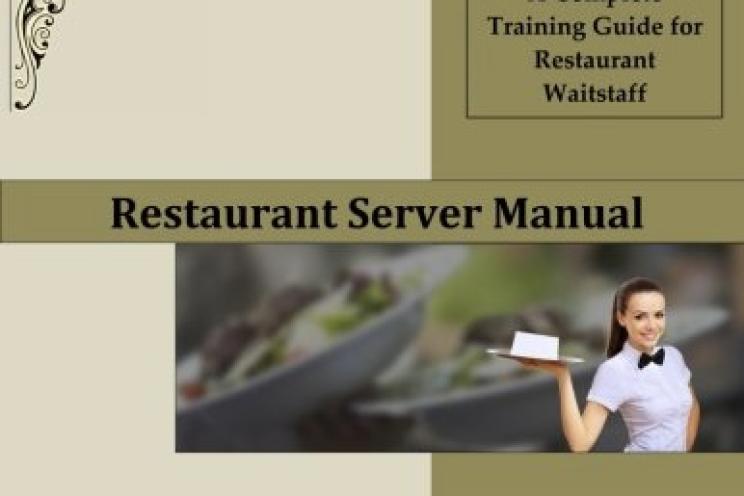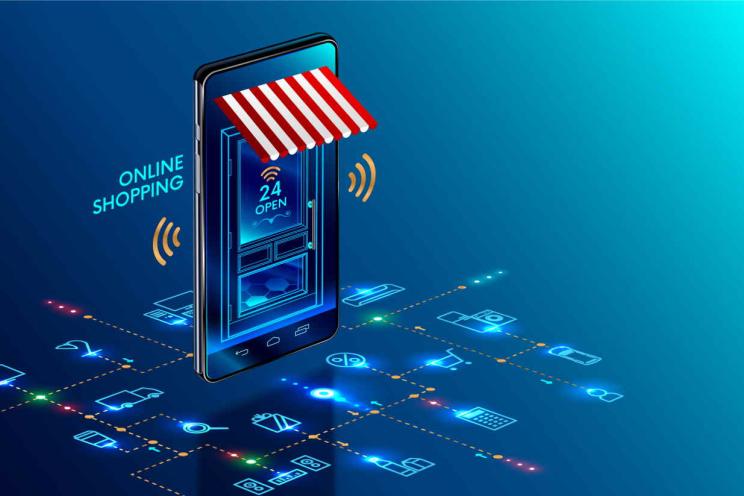
Best tips to improve customer comment cards
When it comes to restaurant dining experience, who sets the rules for what is good, bad or excellent?
Who tells you if you’re doing fine or if you need to change any of your services, platters or concept?
What is the benchmark against which you evaluate your performance?
You can take a wild guess based on your experience, knowledge and analysis but the most important criterion is your customers.
Customers’ feedback tells you everything and evaluates your overall performance related to all aspects. It evaluates your customer service and hence your staff, your food and hence the chefs. It gives you clear insights on what you should change and what is not working for you to increase your footfall.
Customers are the source of feedback for you whereas you don’t need to look for clues somewhere else to enhance your performance.
Simply, ask them directly and learn about their preferences and positive or negative comments.
Digital comment cards are the best way to collect customers’ feedback along with their comments, likes and dislikes about any aspect of your choice or area of interest so you can improve your business decisions and your services or your served food.
for more information on the importance of customers’ feedback, check this article.
What are digital comment cards?
Digital comment cards allow customers to share their experience and comments or feedback with you anonymously. Flexsurv, BIM POS online platform gives you an honest and transparent feedback by giving customers the chance to communicate with you openly about their deepest insights and thoughts without any embarrassment or hesitation. The platform is directly linked to your point of sale and CRM
Digital customer cards might include open-ended questions such as “what would you recommend about our restaurant to your friends and family”? or a simple rating in different categories such as food, cleanliness, atmosphere and service.
Best tips for creating digital comment cards
Keep your questions short and clear
Use precise and short questions. Customers don’t like vague questions that could hold different meanings or multiple answers and they don’t like to spend a long time giving their feedback on a long survey.
6 to 9 rating questions with 1 or 2 open-ended questions is ideal for a survey that lasts from 3 to 5 minutes. Any more time above the 5 minutes is useless and might cause annoyance.
Show appreciation
Why would a customer waste their time to write you a feedback? They might simply give you one more chance and if they encountered the same issues or dissatisfaction, they would choose another restaurant.
That’s why, you need to show them appreciation and thank you incentives so they can write you their honest and transparent feedback.
A short “thank you for your feedback, we appreciate your time or maybe we’re here to serve you better” goes a long way in showing gratitude and encouraging customers to share their thoughts with you.
You can also use promotional incentives where customers can get a coupon of 10% discount on their next visit or online orders. You can also think of a free appetizer or drink or even free delivery option.
Be careful with demanding customer details
You need to ask customers about their contact details and personal information. But, be careful when demanding their details. Don’t make all the questions about their details a required field. Choose what matters the most for you.
Explain the purpose of asking them about their details before filling in the surveys so they understand the reason behind these questions.
As you expect transparency from them, you should be transparent as well.
Don’t forget the open-ended questions
Open-ended questions are very helpful in giving you deeper insights about the results of customers’ ratings. Understanding the reasons why they rate you in a specific way helps you to improve your service and eliminate the problem.
Final comments section is a must in each survey. A “how can we improve in the future?”, “what do you think about our menu options?” or “what do you think about the atmosphere?” are examples of open-ended questions that give you details about certain aspects on which you’d like to focus.
Two important questions that can sum up the whole dining experience and give you strengths and weaknesses of your entire operations are:
“What is the best part of your visit to our restaurant?”
“What is the worst part of your visit to our restaurant?”
Knowing customers’ feedback is essential for your business and it gives you the most accurate and honest insights on how to improve your services and enhance your performance based on what really matters at the end of the day, your customers.





